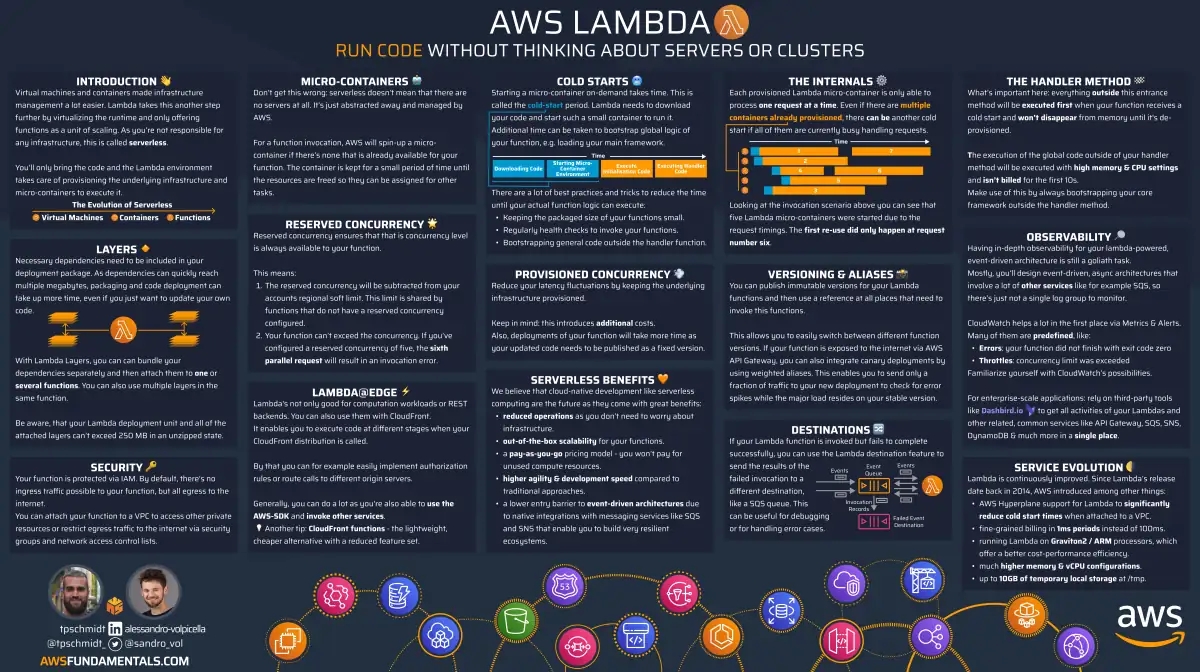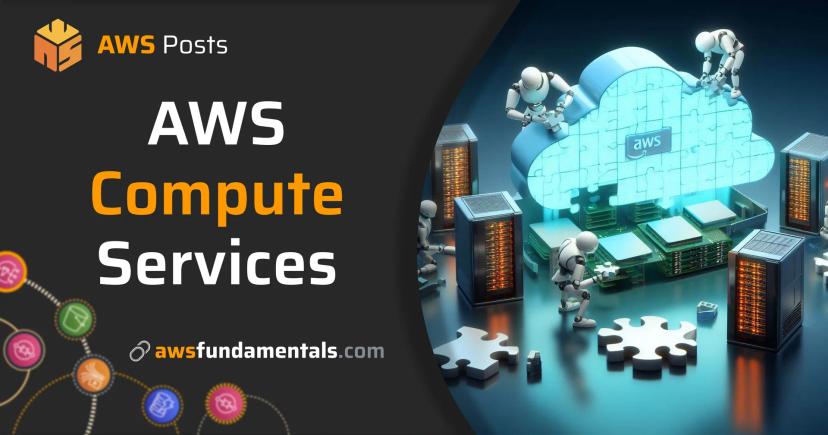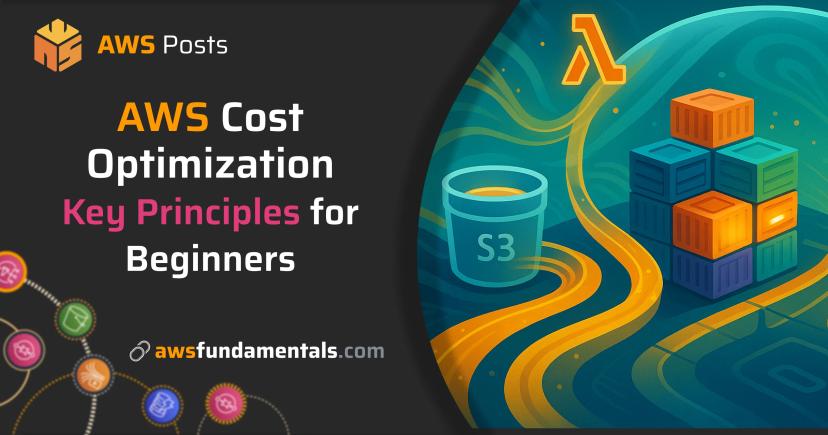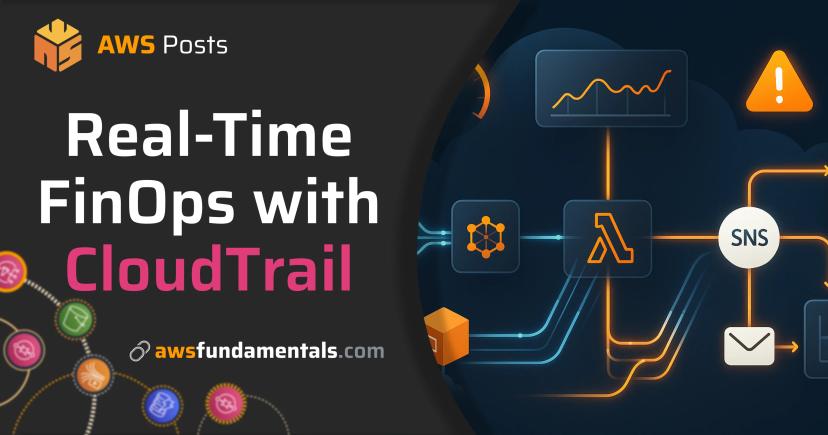
Table of Contents
Jump to a section
Introduction
Cloud infrastructure has become increasingly complex. Developers can easily spend more time managing infrastructure than building features.
Render offers a solution that eliminates most of the ops overhead while maintaining all the capabilities of the cloud.
As an image says more than a thousand words, here's a quick overview of what Render can do for you:

But let's dive into the details.

AWS Lambda on One Page (No Fluff)
Skip the 300-page docs. Our Lambda cheat sheet covers everything from cold starts to concurrency limits - the stuff we actually use daily.
HD quality, print-friendly. Stick it next to your desk.
What is Render?
Render is a unified, managed cloud platform that handles infrastructure management automatically.
It provides managed services for web applications, databases, and background processing and much more.
The platform runs on AWS but abstracts away the complexity of traditional cloud infrastructure.
Instead of having to learn and deal with the complexity of the cloud, you can quickly get started and deploy your application in minutes.
Let's dive into some of the core features of the platform.
Static Sites
With Render, you'll get global CDN distribution and SSL certificate management out of the box. This means, files are served from edge locations worldwide without manual configuration.
This is perfect for landing pages, blogs, portfolios, documentation sites,marketing pages, but also full-blown web applications.
Doesn't matter if you're building static sites, or dynamic Next.js applications that also allow for server-side rendering.
Web Services
Web services run your full-stack applications and APIs in containers. Render automatically scales your services based on traffic patterns.
The platform handles everything you'd otherwise have to take care of:
- 🔀 load balancing,
- 🔒 health checks,
- 🔄 zero-downtime deployments,
- 🔧 automatic builds,
- 🔑 environment variable management,
... and so on.
If you've been using AWS or any other cloud platform, depending on the service-abstraction, you know what I'm talking about.
Private Services
Private services run your internal APIs and microservices without public internet exposure. These services communicate with your public web services through Render's internal network.
Private services are ideal for internal APIs, data processing pipelines, and microservice architectures. It's also great for running background workers, cron jobs, and other long-running tasks.
More on that in the next sections.
Background Workers
Background workers process long-running tasks asynchronously. They handle email sending, data processing, file uploads, and other time-intensive operations.
Workers run independently from your web services and can scale based on queue depth.
This prevents your main application from blocking during resource-intensive operations.
As with web services, Render takes care of everything so you don't need to worry about the underlying infrastructure.
Cron Jobs
Cron jobs execute scheduled tasks at specified intervals. They run your maintenance scripts, generate reports, and perform cleanup operations.
As with background workers, Render manages the scheduling infrastructure and execution environment.
Common use cases include database backups, analytics processing, and system maintenance tasks.
Managed Databases
Render provides fully managed PostgreSQL databases with automatic backups and scaling. The platform handles database updates, security patches, and performance optimization.
You get built-in connection pooling and automatic failover capabilities.
Databases integrate with your web services with ease through secure internal networking.
Key Value Stores
Render offers managed Redis-compatible key-value stores for caching and session management.
The service provides sub-millisecond response times for data retrieval operations. You can use it for application caching, session storage, and real-time messaging.
You'll also get that from other cloud providers, but here you don't need to think about clustering, persistence, or scaling.
Reducing Complexity of Traditional Clouds
Not a secret:We love AWS - I guess that's pretty obvious.
But it's definitely, even with a lot of AI tooling support, not easy to get started. This is also due to the fact, that AWS is built for developers. It's highly configurable and there's mostly not plug-and-play.
You get all the capabilities you can think of. But this also means, you have to deal with a lot of complexity.
Missing knowledge can easily lead to either...
- 🔓 security issues,
- 🛠️ over-engineering or
- 📉 just plain bad architecture.
With Render, you can get started with rock-solid infrastructure in minutes. With a lot of templates, a new applications is shipped in a few clicks. Without the risk of applying bad practices and patterns.
Let's take a look into common problems you'd need to deal with when building and running apps on AWS.
The VPC Complexity Problem
VPCs are great and there are a core security feature of AWS. But often, they are not really necessary but enforced. This will add a lot of overhead you don't need.
A great example is AWS Lambda. It comes with built-in security as it's fully integrated into AWS IAM. There's no general need to set it up with VPCs.
Setting up proper networking requires...
- 🏰 bastion hosts,
- 🚇 tunnels,
- 🔒 complex security group configurations,
- 📋 and a lot more.
The hidden costs include development slowdown and forced architectural complexity. Often, you'll also deal with increased costs.
For example, a typical fullstack setup requires RDS and ElastiCache, which forces you into VPC architecture.
This adds approximately $50 per environment in steady costs, even when unused.
Development also becomes slower. Every new infrastructure component must live inside the VPC, increasing architectural complexity.

Render eliminates this by providing managed Postgres and Redis without VPC requirements. You get your Remix (as an example) application hosted in a few clicks with no networking configuration. The platform includes infrastructure as code, global CDN, and enterprise compliance.
Infrastructure as Code Without the Pain
Render uses YAML-based configuration instead of (sometimes overly)complex Terraform or Pulumi modules.
Don't get me wrong, I'm a huge Terraform and Pulumi fan. But as with networking complexity on AWS, you can easily get lost. There's mostly no abstraction - or hidden abstraction that could get you into troubles.
Also: simple applications don't need hundreds of lines of infrastructure code. The platform provides declarative configuration that's easy to understand and maintain.
With Render, you can get started with enterprise-grade infrastructure in a few lines of YAML.
With a lot of templates, you can get started in minutes.
Security Without Compromise
When you're already hosting fullstack frameworks outside AWS, you typically deal with two separate networks.
This creates security concerns and compliance issues for enterprise architectures. AWS PrivateLink solves this by connecting Render's AWS network directly to your AWS network.

Render maintains ISO 27001 and SOC 2 compliance. Security is built-in without requiring manual configuration.
Traffic stays private and encrypted within AWS's secure network infrastructure. It's a private link to your AWS network. Your infrastructure remains compliant while enabling fast development outside AWS.
This means, with Render you don't have an 'if-else' but an 'and' solution. You can still build a multi-cloud architecture.
Use the best things of both worlds.
Cost Comparison
Render's pricing is transparent and predictable. No hidden costs for networking or security components.
This is completely different to AWS, where you can't get price caps for your infrastructure and spending forecasts are very difficult.
Also, the total cost of ownership is likely to be lower. This is due to the fact, that there's less complexity and required knowledge.
Conclusion
This is not a promotion post for Render. It's a post that pushes you into thinking outside of a single box.
Using the right tool for the right job is the key. With Render, you have a powerful tool that can be a perfect fit for a lot of needs.
It simplifies your infrastructure setup, but without locking you into a single provider.
Related Posts
Similar content found using AWS S3 Vectors semantic search

AWS Lambda on One Page (No Fluff)
Skip the 300-page docs. Our Lambda cheat sheet covers everything from cold starts to concurrency limits - the stuff we actually use daily.
HD quality, print-friendly. Stick it next to your desk.






